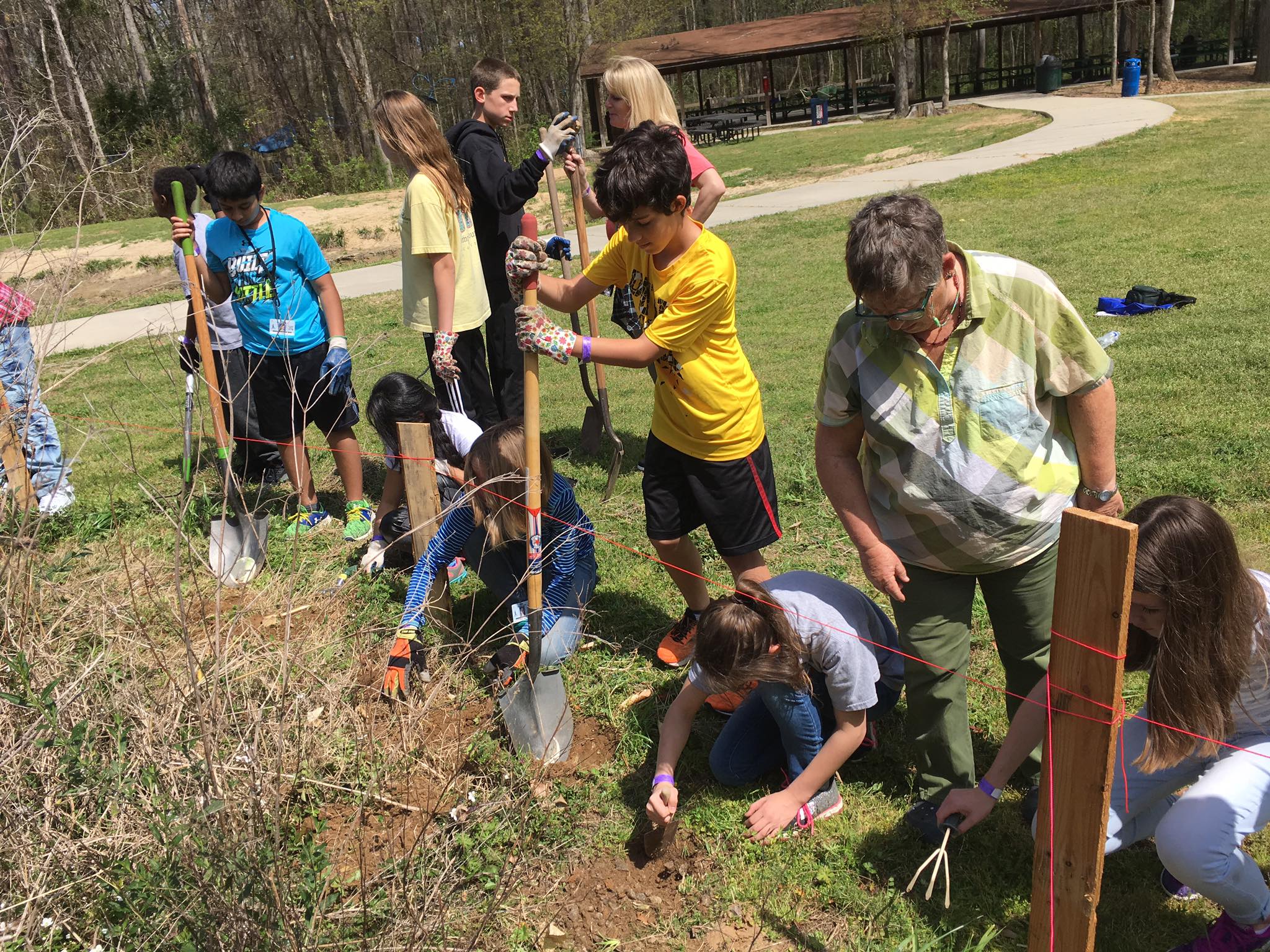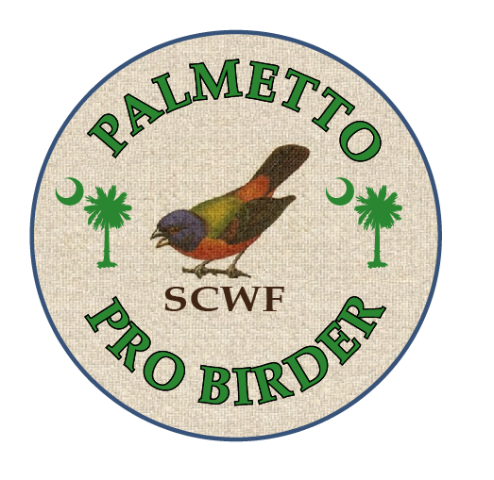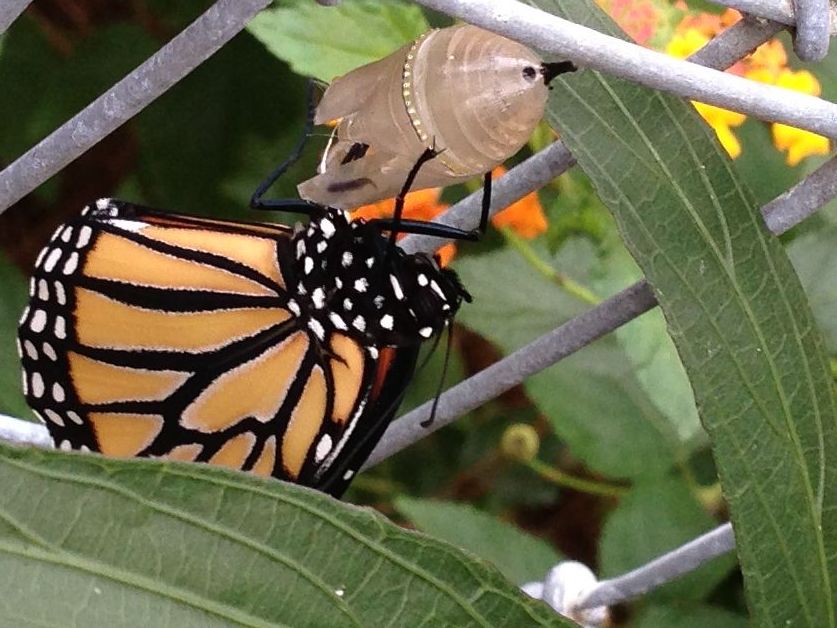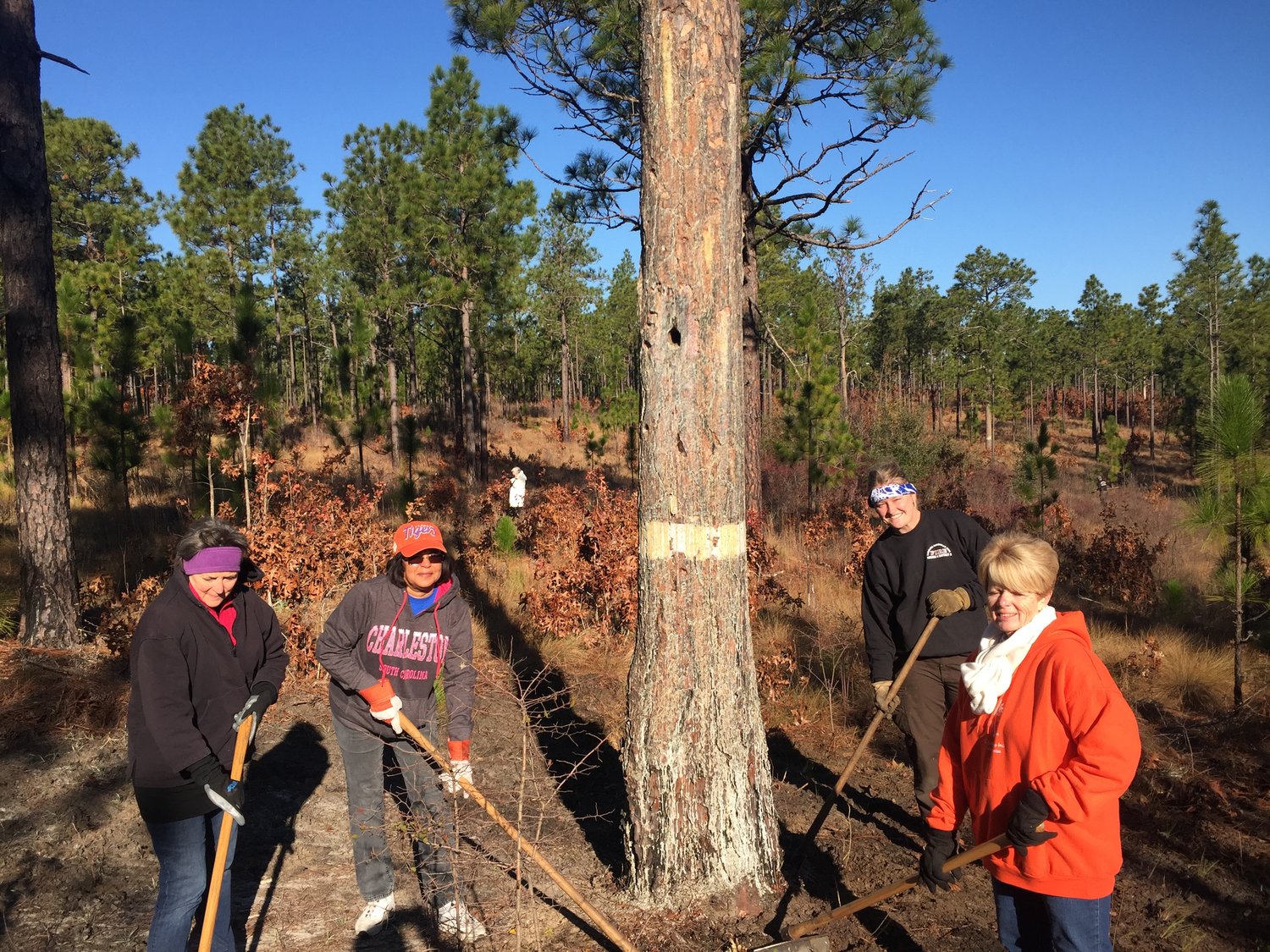Dear SC Wildlife Advocate:
From Day One in 1931, the South Carolina Wildlife Federation has been powered by individuals who believe the wildlife heritage of South Carolina is irreplaceable and must be preserved for future generations.
In the beginning of each year, we make a big push to renew memberships so everyone can keep up with our varied education and habitat offerings, as well as track and take action on conservation concerns that impact us all.
Having been with the Wildlife Federation ten years now, I have seen the ebb and flow of public opinion and like you, observed the increasingly polarized dialogue over controversial issues. Throughout though, there has been little or no disagreement over the love and respect South Carolinians have for wildlife and keeping wild places wild.
This devotion to the wild is what motivated our founders, and this is what motivates our loyal supporters today. In light of increasingly serious threats, South Carolinians of all stripes must say loud and clear “Healthy and prospering wildlife populations mean healthy and prospering South Carolina citizens.”
But we can’t just say it to ourselves. We must say it to our decision makers, especially state legislators who hold so much power in their hands. SC Wildlife Federation will do everything possible to keep you informed and to make it easy for you to contact those who are elected to represent you – and to be your “eyes and ears” for wildlife at the State House.
Lawmakers went back into session several weeks ago. SCWF priorities this year include permanent re-authorization of the State Conservation Bank that has protected thousands of acres for wildlife and wildlife enjoyment at a bargain price.
Our lobbyist Trip King is at the State House every day the legislature is in session. Other items on our “To Do” list include:
- Protect and preserve citizens’ rights to question government actions that may cause harm to our natural heritage
- Push for expansion of the Waccamaw National Wildlife Refuge
- Fight to prevent a proposed weakening of the state’s coastal zone protections
- Pass a resolution recognizing the importance of native plants for wildlife survival
- Educate decision makers about the importance of preparing for both drought and flooding.
We will be sending you periodic legislative updates and at critical points we will let you know how YOU can make a difference by contacting legislators.
Sara Green, our education director, is expanding our popular Palmetto Outdoor Academy, and adding new citizen science training programs as fast as possible. The academy is putting more boots on the ground to collect data and monitor populations of plants and wildlife across the Palmetto State. Good science is the foundation for good stewardship.
On the habitat front, our Wildlife Habitat Manager, Laura Blake-Orr, continues to directly engage and educate thousands of South Carolinians about the benefits of Gardening for Wildlife. In unprecedented ways, development and other pressures are stressing wildlife populations. You can make a difference. Creating and restoring habitat for pollinators and birds by growing native flowers, shrubs and trees has never been so important.
2017 promises to be an exciting year for South Carolina and its wildlife. SCWF does not endorse political candidates, but I would like to say that many outdoor enthusiasts are optimistic about the conservation potential of the new Governor Henry McMaster. Governor McMaster has been a steady supporter of several important wildlife conservation initiatives. Also, he speaks from the heart about the natural splendor of South Carolina. We hold out hope that he will be a strong voice for wildlife and wild places.
In closing, we are deeply appreciative of your support through the years. Now in our 86th year, I often wonder how many current supporters of SCWF had grandparents and great-grandparents who believed in the Federation and were members. Support over the decades made today’s South Carolina a more livable, healthy and fun place to live, work and play. And your gift today can assure we leave things in better shape for our grandchildren and great-grandchildren.
Many, many thanks for your continuing support as we start 2017 on a positive note. Feel free to contact me any time.
Most sincerely,
Ben Gregg
SCWF Executive Director
ben@scwf.org
(803) 256-0670
P.S. Your tax-deductible gift NOW will provide us a boost to wildlife and to our efforts to protect wildlife and its critical habitat needs.









